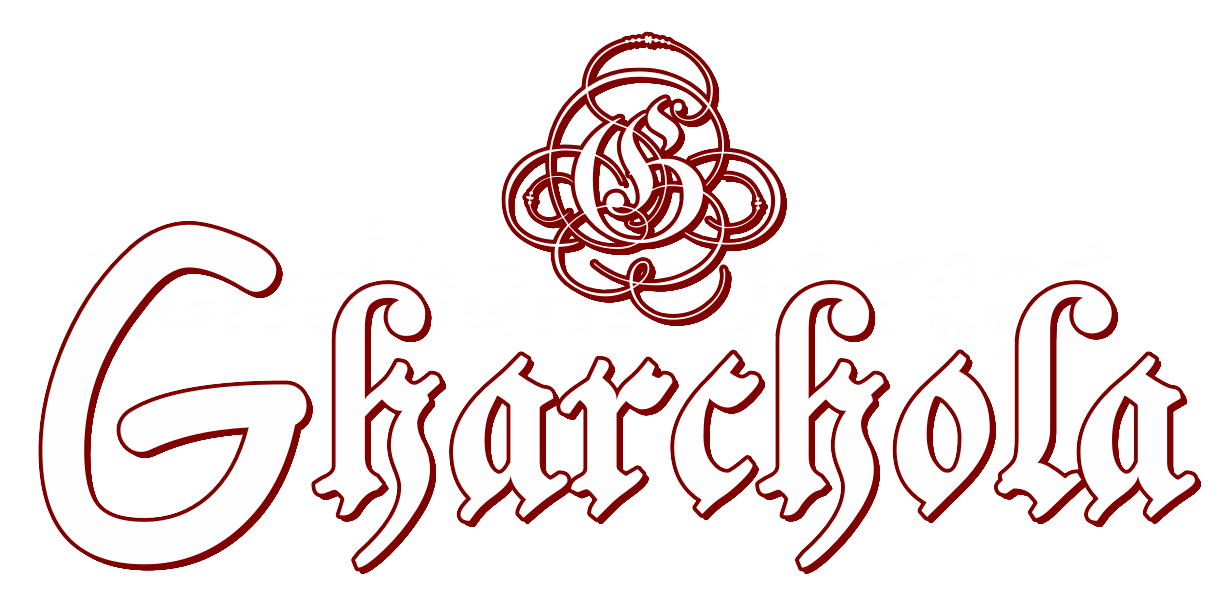When to wear Gharchola ?
When two people marry, two families too, invariably, marry!
This stands especially true in the context of the Indian marriages, where a bride is traditionally considered the honour and grace of the family she marries into.
Also, with marriage, the bride becomes an integral part of her new family – her security and respect, the new family’s responsibility.There are many cultural practices and religious/ ritualistic symbols associated with this integral aspect of Indian society. Gharchola is one of them!
This auspicious wedding staple from the Indian states of Gujarat and Rajasthan has been used since years with this beautiful thought behind it.When to wear Gharchola?
LOAD MORE ON GHARCHOLA.IN OR WHATSAPP

